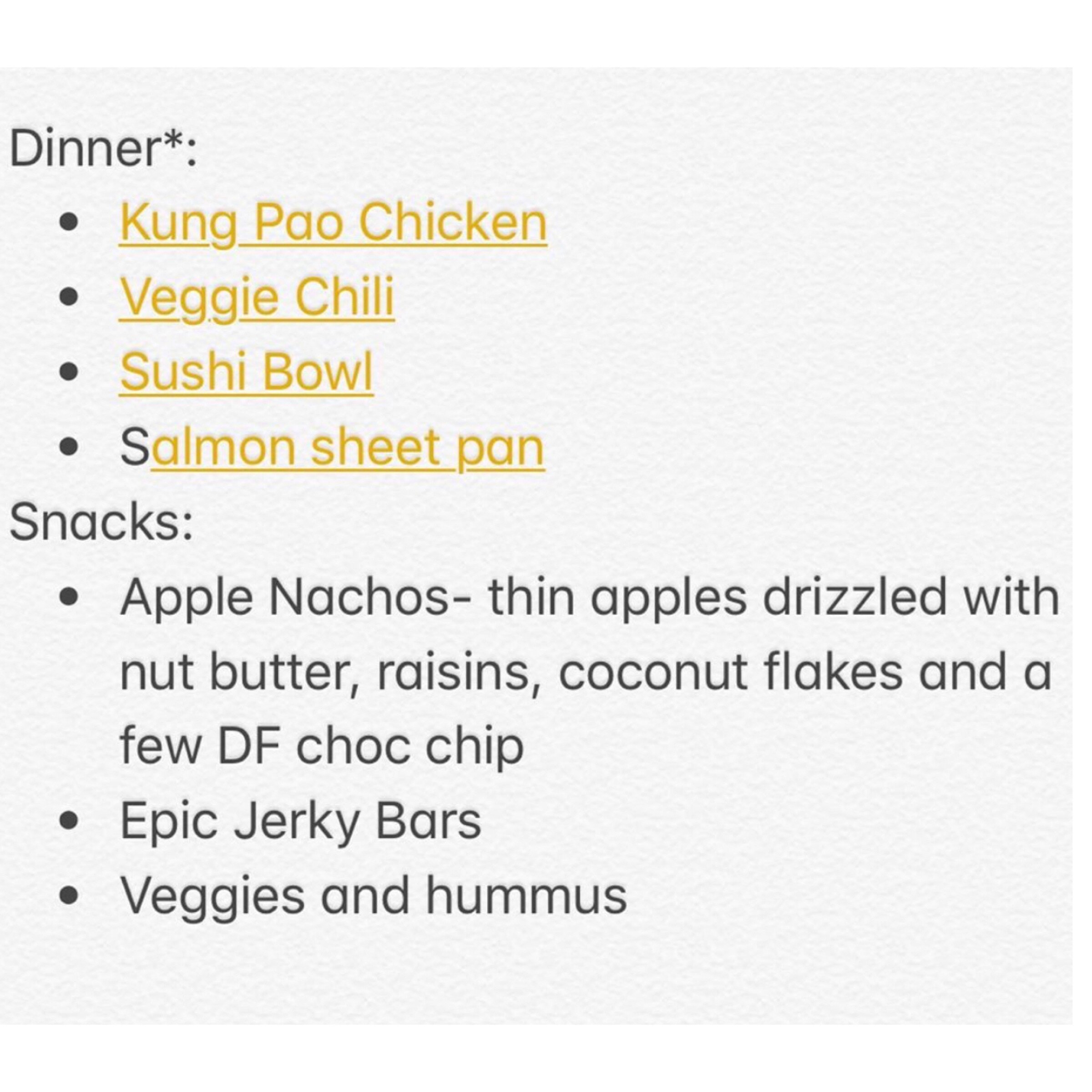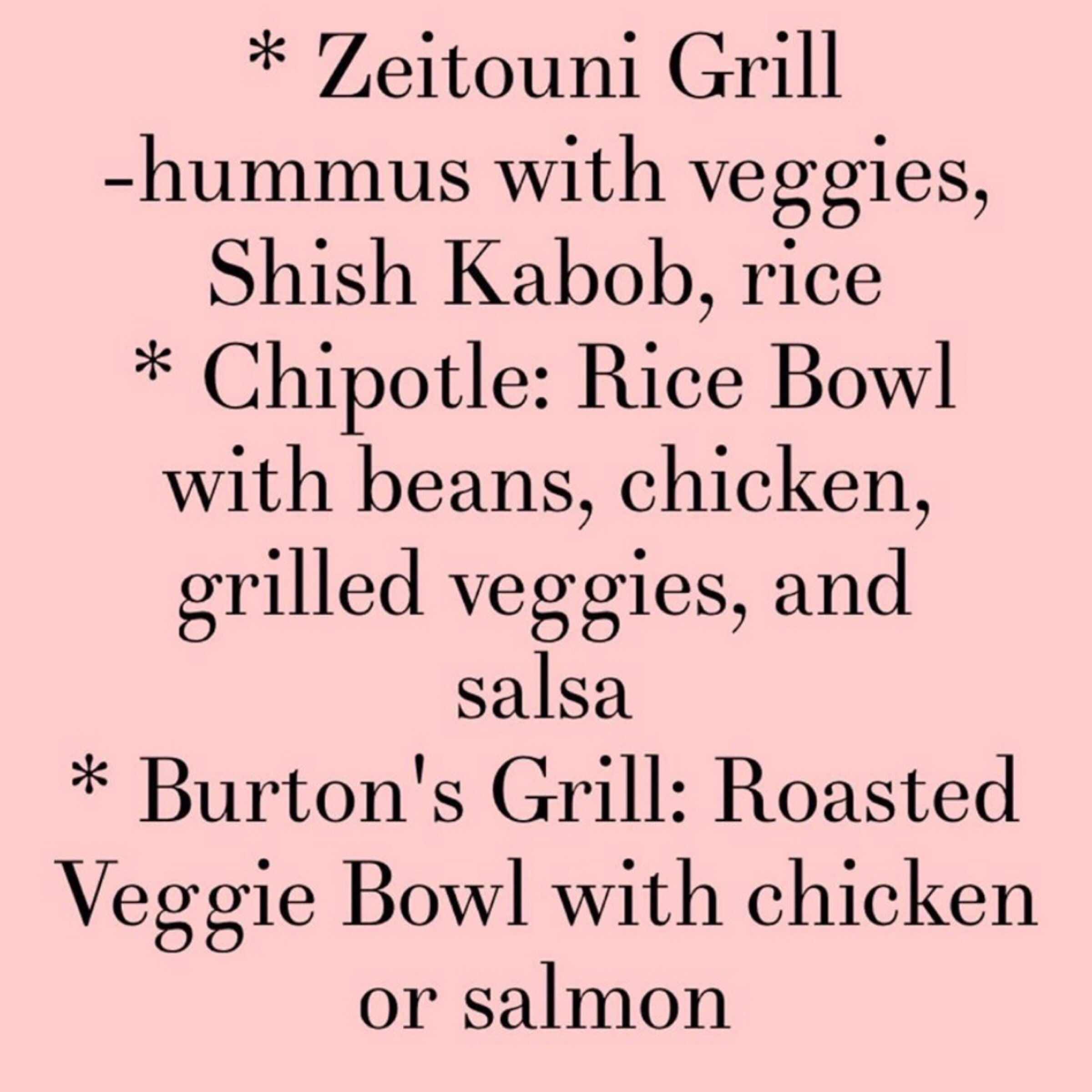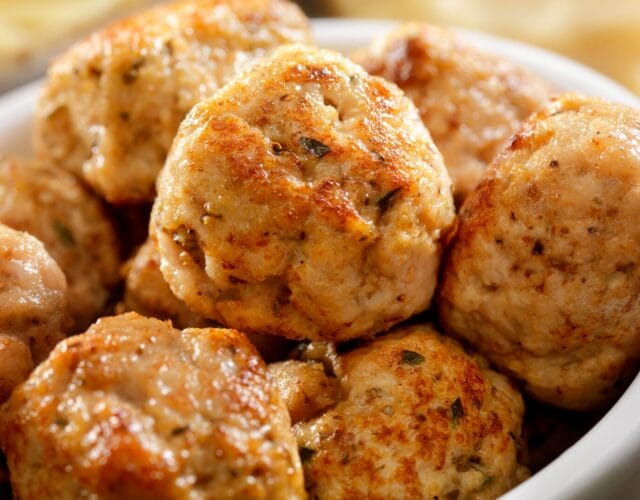It is no secret that we have a health crisis in America. Diabetes, high blood pressure, high cholesterol and obesity plague our country and make you more susceptible to diseases. One would think it would make logical sense to invest in the quality of the food we as a country consume but instead we invest billions of dollars into prescription medication in attempts to undo the effects of what we put in our body.
One would also think that nutritionists would be at the forefront of this fight calling for access to higher quality food and the need to lessen our consumption of processed and fast food. Unfortunately, this is often (not always) the case either. Our experience at IHC as a practice has not been great working with traditional nutritionists. We have had a nutritionist tell a 20 months old to snack on “diet coke and cream” to keep him in ketosis for treatment of his seizures and scoff at our suggestions of avocado and macadamia nuts.

The above photo is an example of a “meal plan” one of our patients with type 1 diabetes was given by a traditional nutritionist. She was also told that eating candy and potato chips on a daily basis was fine. When Our patient followed these suggestions her blood sugar sky rocketed and she was left feeling confused.



Pictured above is a typical meal plan (not diagnosis related) you get from our Health and Wellness Director. Each blue item is linked to a specific recipe instead of a vague food group recommendation. Recipes are based on your taste preferences, food sensitivities, cooking skills, and medical condition.

This is the website the registered dietician gave our patient for eating out. This illustrates the problem with traditional medicine. It solely focuses on macronutrients and ignores the quality of the food you are eating.

As you can see from the photo above our recommendations are quite different. This is an example of eating out ideas our Health and Wellness Director typically provides. Restaurants given are tailored to your budget, area you live in, and taste preferences. Menu items are also given so you feel confident in what to order when you go.


Last but certainly not least is an example of a “meal plan” portioning guide given by a traditional nutritionist. I can assure you you will never see pop tarts, rice crispy treats, or goldfish recommended at our practice. While I know not every traditional nutritionist/dietician gives bad advice I am frustrated with the advise that has been given to many of our patients. That is why we do thing differently at IHC and we welcome you to join us.
Stay well, Dr. Ana-Maria





